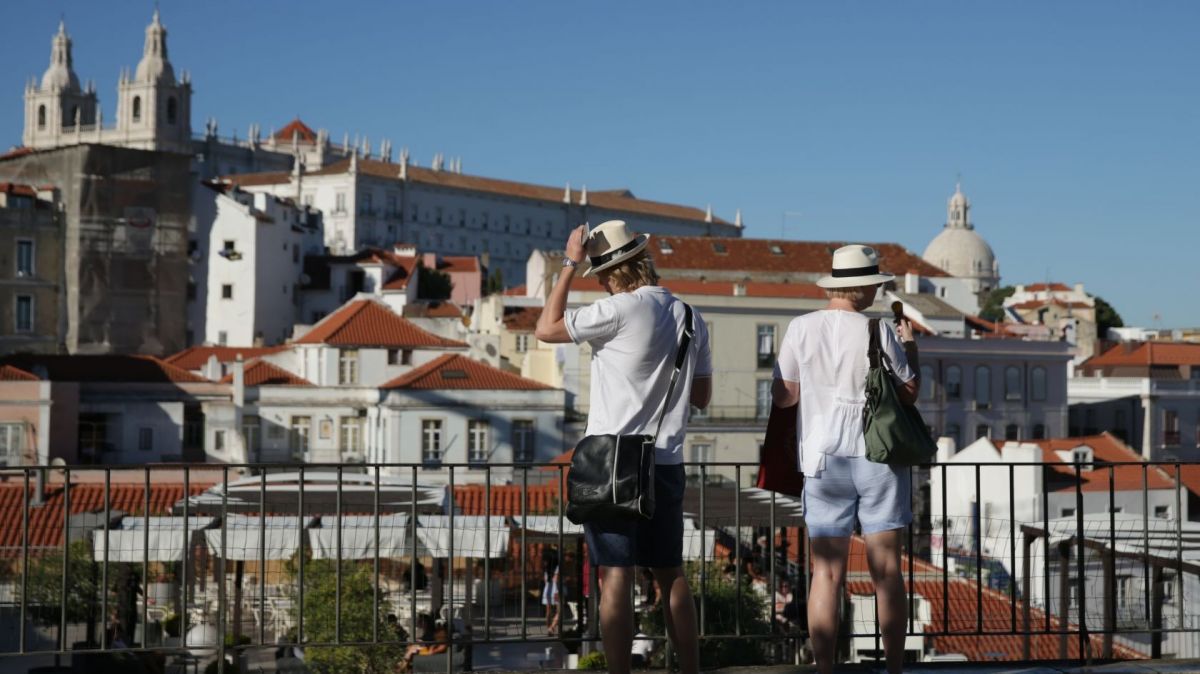Compared to the quarterly change, house prices rose 3.5%. This increase is driven by a limited supply, driven by high demand for homes, at a time when mortgage loans remain more affordable and new support programs for young people (IMT exemption and public guarantees) are being adopted.
House prices for sale in August increased in all 18 district capitals (or autonomous regions) analysed, with Beja (33%), Santarém (29.6%), and Guarda (20%) leading the list.
The list of increases in the cost of houses for sale continues with Setúbal (19.9%), Coimbra (12.4%), Viana do Castelo (12.1%), Faro (11.5%), Braga (9.7%), Évora (9.6%), Funchal (9.6%), Ponta Delgada (9.1%), Viseu (5.9%), Leiria (5.2%), Porto (4.7%), Lisbon (4.1%), Vila Real (3.4%), Aveiro (1.9%), and Bragança (1.7%).
Most expensive
Lisbon continues to be the city where it is most expensive to buy a house: €5,866/m2. Porto (3,811 euros/m2) and Funchal (3,755 euros/m2) occupy second and third places, respectively. Next come Faro (3,319 euros/m2), Setúbal (2,956 euros/m2), Aveiro (2,605 euros/m2), Évora (2,391 euros/m2), Ponta Delgada (2,215 euros/m2), Coimbra (2,173 euros/m2), Braga (2,113 euros/m2), Viana do Castelo (2,095 euros/m2), and Leiria (1,652 euros/m2).
The most affordable cities for purchasing housing in the country are Guarda (€962/m2), Bragança (€1,007/m2), Beja (€1,300/m2), Vila Real (€1,365/m2), Santarém (€1,557/m2), and Viseu (€1,589/m2).














